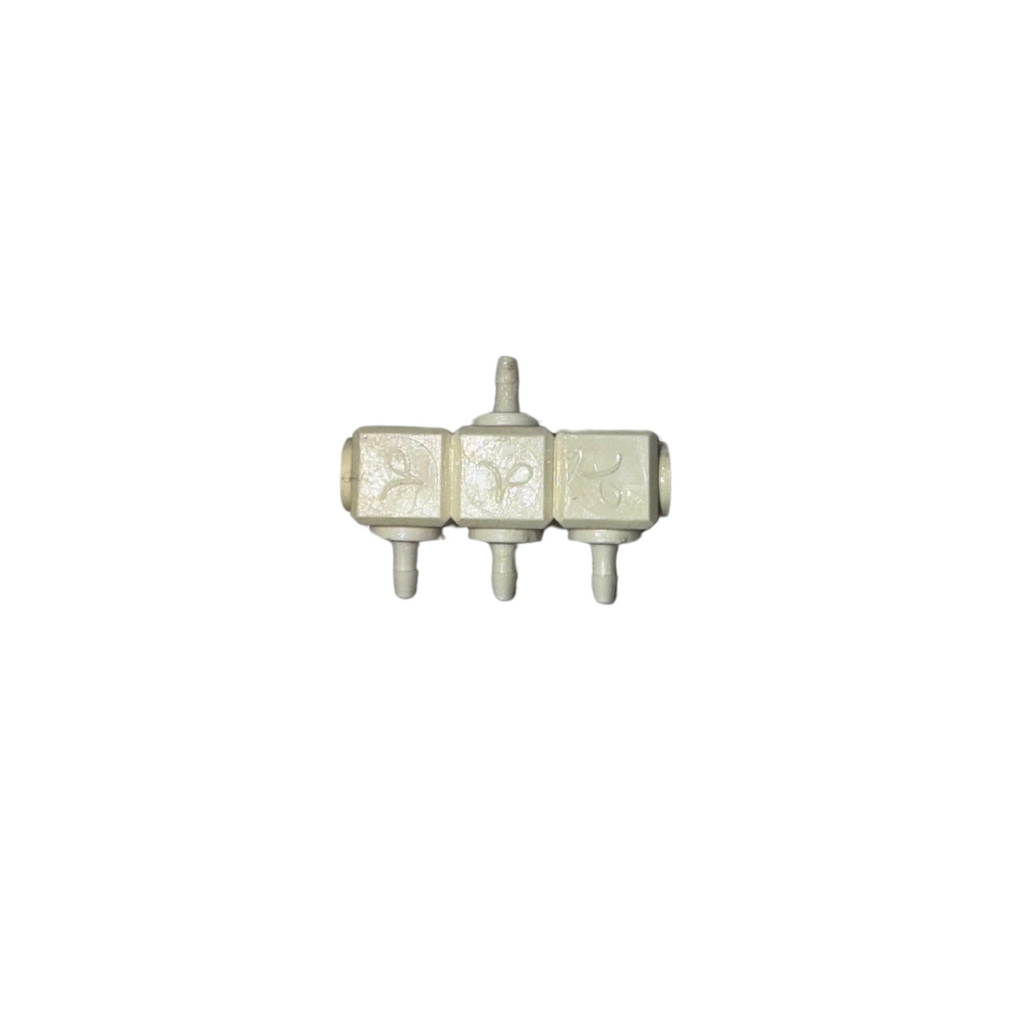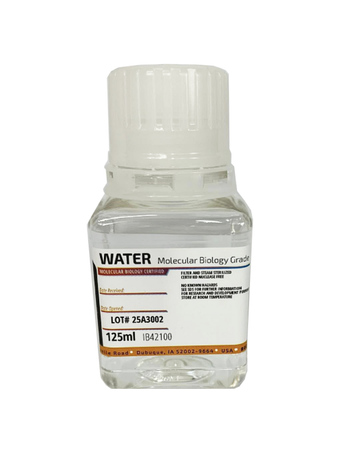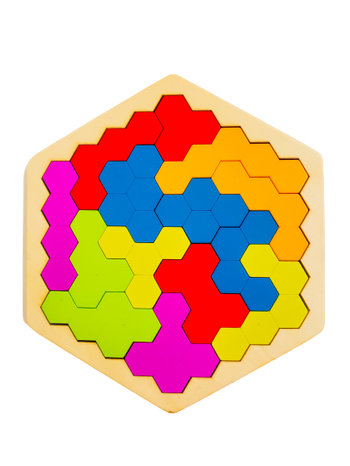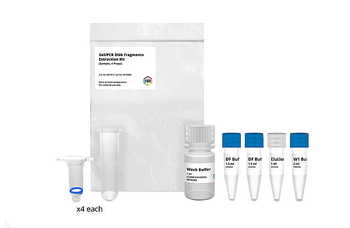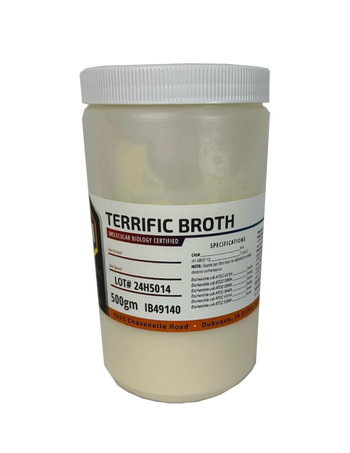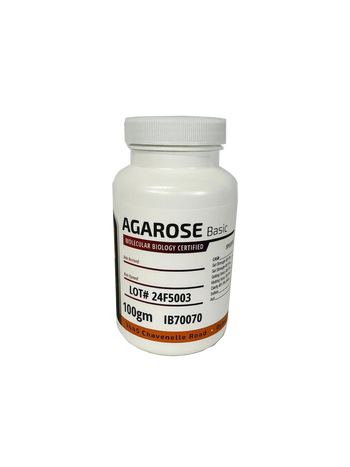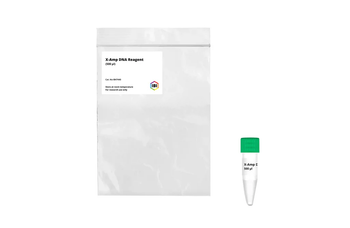
The 3-place manifold allows for the connection and simultaneous delivery of media to three flow cells and for consolidation of effluent from three cells to the waste bottle. Made from polysufone and is autoclavable and re-usable.
- Additional Item Description
- Parts and Accessories
- 3-place Manifold made of polysufone
- Autoclavable & re-usable
- Does NOT include any tubing

